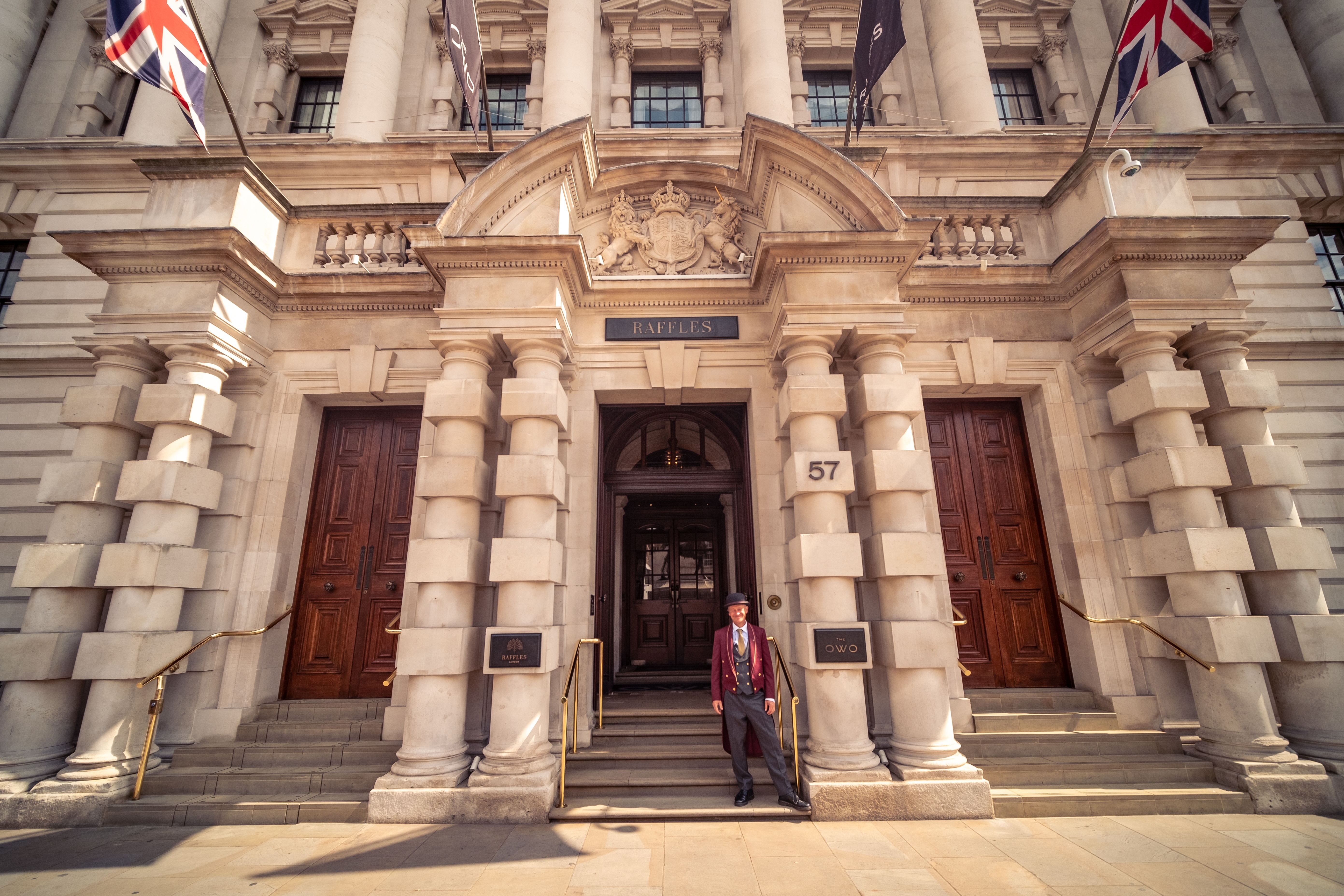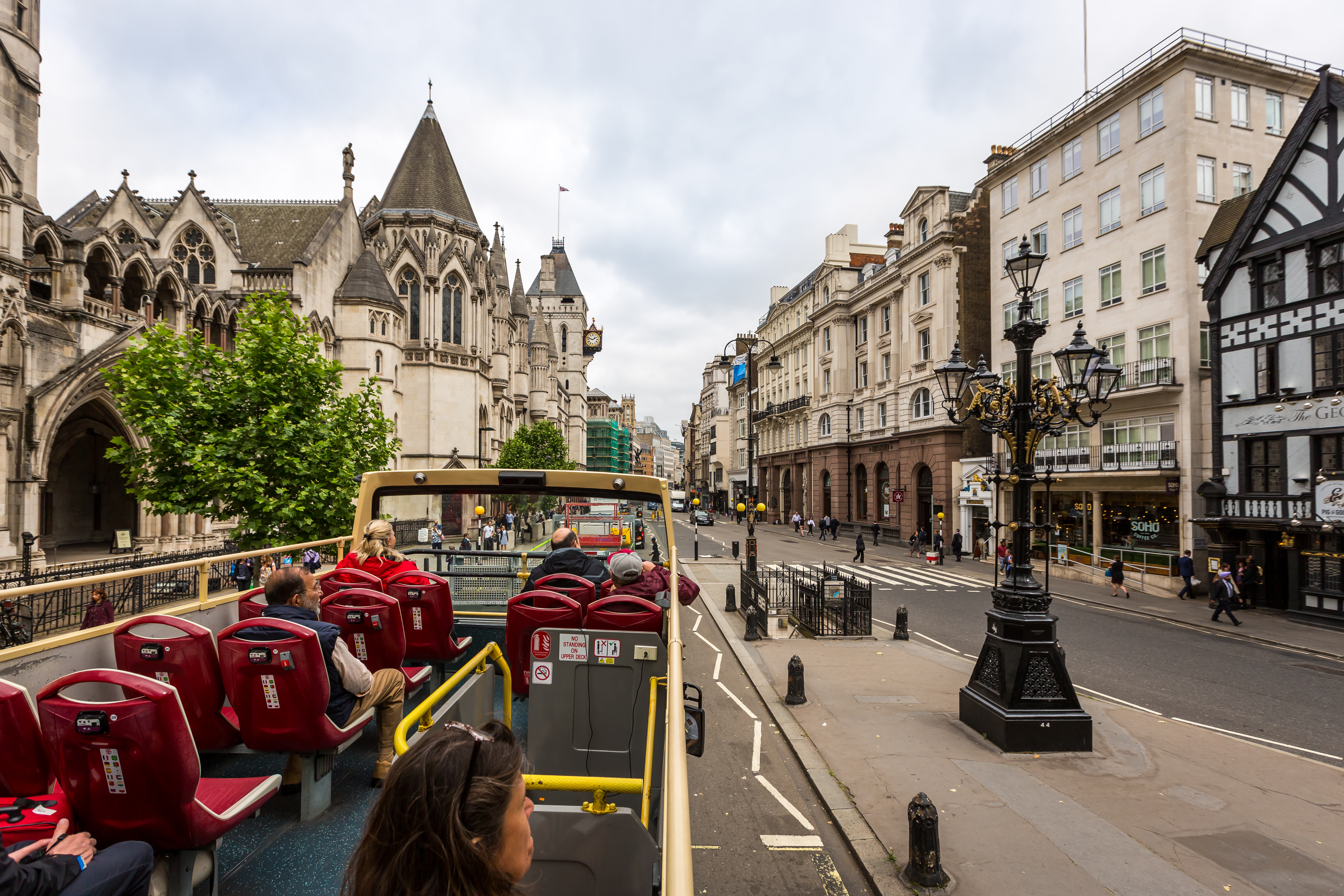10 Fascinating Facts about Keith Haring
Keith Haring was an artist and social activist whose work has had a lasting impact. Haring was born in Reading, Pennsylvania in 1958, and rose to prominence in 1980 after moving to New York to study painting at the School of Visual Arts. Sotheby’s notes that during his time here he was able to shape his unique style by working alongside a number of other artists. He was also lucky enough to learn from some impressive professors, which included notable artists Joseph Kosuth and Keith Sonnier.

Haring’s early years in New York came at a time of political and social change, as well as a period of creativity. The likes of Andy Warhol and Jean-Michel Basquiat were capturing the public imagination by creating eye-catching works of contemporary art, while street culture, hip hop and spray paint graffiti art were all growing in popularity.
Sadly, this was also the era of the HIV/AIDS epidemic. Haring sometimes used his work to comment on what was going on in the world, producing pieces covering themes including AIDS, as well as anti-Apartheid, and the crack cocaine epidemic.
Here are 10 fascinating facts about Keith Haring, to give you a better sense of who this wonderful artist really was.
He developed a passion for drawing from an early age
Haring developed his artistic skills in childhood. His father drew cartoons and introduced the young Keith to the world of art. This taught him many of the techniques that would be widely used in his career, although he probably didn’t realise at the time that the worlds of cartoon and art could crossover in such a way. His style was also influenced by popular culture, including the work of Disney, Charles M. Shultz’s Peanuts comic strip, and Dr Seuss.
He got his break in subway stations
Haring initially got the public’s attention by adding his distinctive graffiti art to unused advertising boards in subway stations. Thisallowed him to reach a large audience in a unique way, almost bypassing the usual methods. These white chalk drawings were drawn on blank, black backgrounds and featured recurring images and symbols, making his work instantly recognisable. He is thought to have completed hundreds in the early 1980s. As he became more well-known, his subway drawings became less practical as they were stolen within hours of completion and sometimes sold.
He was arrested numerous times
One of the downsides of Haring’s innovative approach to sharing his work with the public was that it often broke the law. He was arrested or ticketed for vandalism numerous times. He even faced up to a year in jail for a now famous ‘Crack is Wack’ mural in Harlem. Luckily for him, the public loved it and after hearing of his arrest the community and the city spoke up to defend him and he was instead fined $100. Thankfully for Haring, the consequences of his graffiti art were often less severe as he became more famous.
He collaborated with icons
Haring’s work has remained incredibly in demand for collaborations in recent years with various brands including Dr Martens, Uniqlo, Converse, and Coach, all of which featured his designs on special products. In his lifetime, one of his most famous collaborations was with pop and fashion icon Grace Jones. They met in 1984 at Robert Mapplethorpe’s studio in New York, where they were also joined by Andy Warhol who was keen to feature her in Interview magazine to promote her new album. Haring would paint Jones head-to-toe ahead of the photoshoot. This would be the start of a fruitful partnership for Haring and Jones, and they notably worked together again for the music video for her song ‘I’m Not Perfect (But I’m Perfect For You)’, and for her appearance in the movie ‘Vamp’.
He struggled to get exhibitions at US museums
Haring was popular and regularly had his work exhibited around the world, but during his lifetime he struggled to get major US museums to take him seriously. In the documentary Keith Haring: Street Art Boy, his friend Drew Straub says how rejection from MoMa was particularly hurtful. Today, MoMa holds a selection of his artworks.
He opened his own shop
Haring opened his very own store – The Pop Shop – in New York’s SoHo in 1986. This was his way of making his work affordable and accessible to an audience beyond those who could typically afford to buy his (by this point) in-demand artworks. The shop proved incredibly popular and sold a variety of merchandise featuring his work, including posters, T-shirts, and toys.
He died aged 31
Haring died of AIDS-related complications in February 1990, he was just 31. He had maintained a positive outlook following his diagnosis in 1988, and was quoted saying: “Part of the reason that I’m not having trouble facing the reality of death is that it’s not a limitation, in a way. It could have happened any time, and it is going to happen sometime. If you live your life according to that, death is irrelevant.”
Haring was always open to supporting good causes and offering his talents to them. The Keith Haring Foundation notes how he “conducted art workshops with children, created logos and posters for public service agencies, and produced murals, sculptures, and paintings to benefit health centres and disadvantaged communities”.
He continues to help others
The Keith Haring Foundation was set up in 1989 to “sustain, expand, and protect the legacy of Keith Haring, his art, and his ideals”. Numerous organisations benefit from its work, including those working in AIDS-related care, prevention, and education, as well as not-for-profit organisations that help children.
His work remains influential
Keith Haring’s art continues to impress and inspire new audiences. His Foundation keeps his name and legacy alive and continues the social activism that was such an important part of his life and artistic works.



